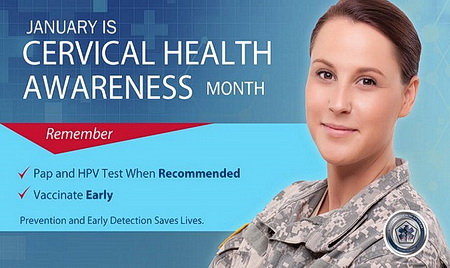
All women are encouraged to have a Pap test during the month of January, which is Cervical Health Awareness Month. Every year more than 4,000 patients die with cervical cancer with a total of 13,000 diagnosed annually.
While cervical cancer is the second most common type of cancer for women, it develops over time and is one of the most preventable types of cancer. Human papillomavirus (HPV) is present in nearly all cervical cancers, but that does not mean having an HPV infection will result in cervical cancer. By age 50 more than 80% of women will have been infected with HPV, but the majority of women infected do not develop cancer.
Cervical cancer is a profound health equity issue that is linked strongly with poverty and lack of access to medical care. However, in the US the Affordable Care Act requires cervical cancer screening tests are provided at no cost to women. Improving access to screening and vaccines that already exist could eliminate the disease.
“The landscape constantly changes and so must we,” ASHA/NCCC President Lynn Barclay said in a statement. “When it comes to sexual and reproductive health, we should be comfortable in our own skin and have the confidence to seek the care and support we need. I urge every woman to talk with her healthcare provider about Pap and HPV tests.”
Cervical cancer starts in the cervix and approximately 80% to 90% are caused by uncontrolled growth of abnormal squamous cells.
Regular screening is important because early cancers of the cervix do not cause symptoms. There are possible symptoms of advanced disease: abnormal bleeding between menstrual periods, after sexual intercourse, after a pelvic exam, and after menopause; pelvic pain not related to menstruation; heavy or unusual discharge that may be watery, thick, and possibly have a foul odor; increased urinary frequency; and pain after urination.
